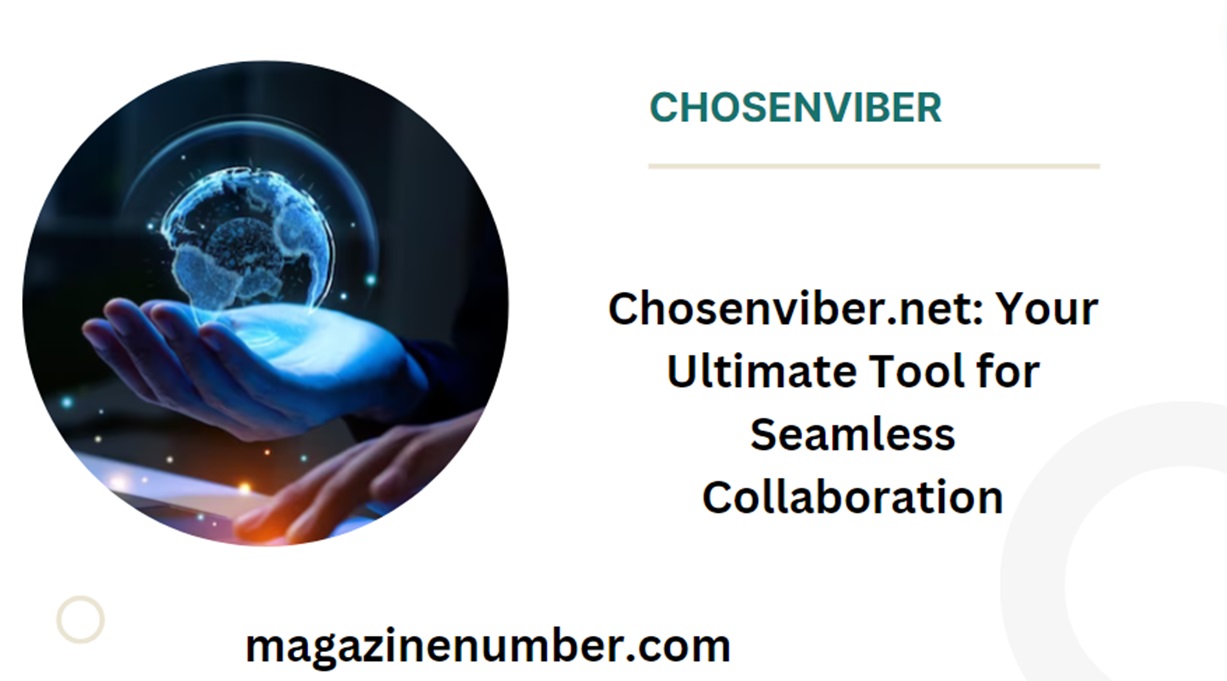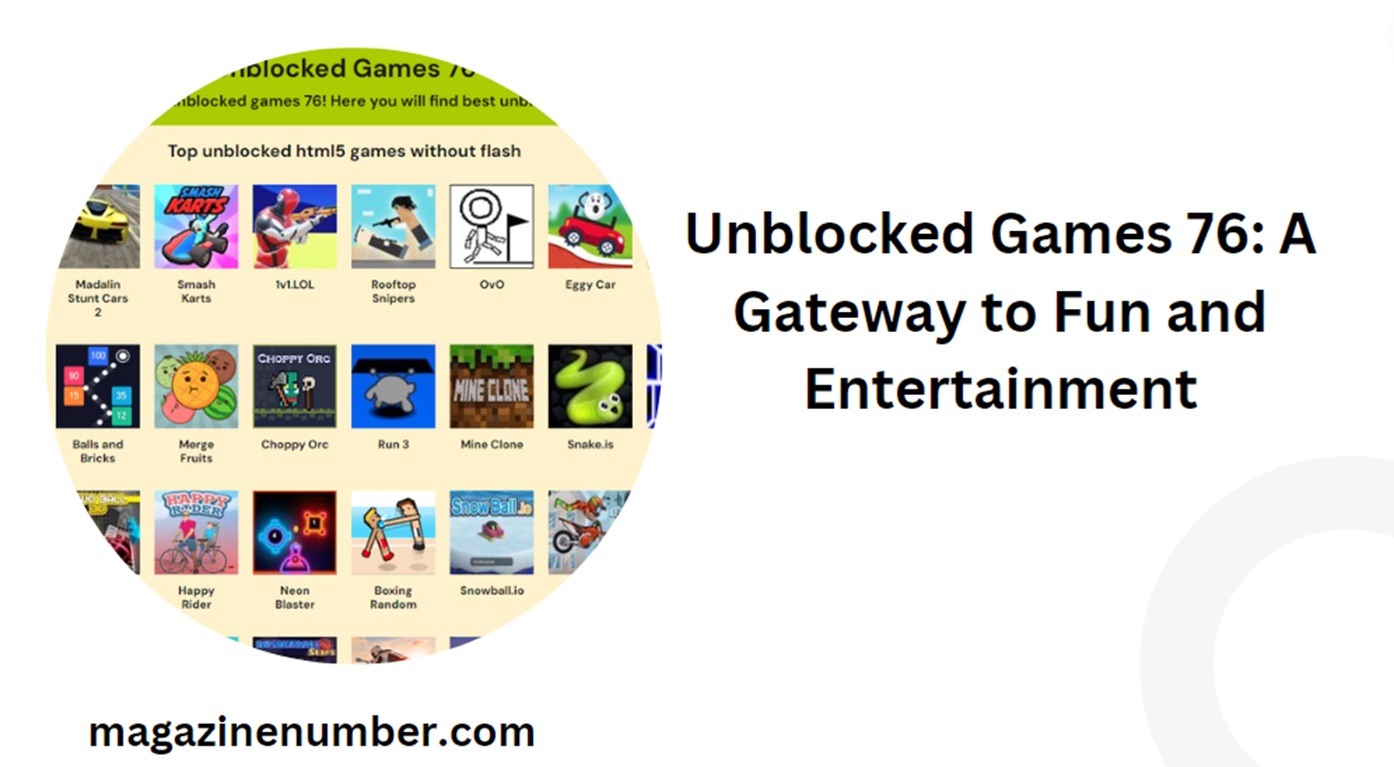In today’s rapidly evolving educational landscape, effective classroom management is more critical than ever. Teachers need robust tools and resources to foster productive learning environments, enhance student engagement, and streamline administrative tasks. Google offers a suite of classroom management tools and resources designed to meet these needs, empowering educators to create dynamic and interactive classrooms.
Table of Contents
Understanding Classroom Management
Classroom management involves a range of strategies and practices that teachers use to create a positive learning environment. Effective management ensures that students are engaged, respectful, and on-task, enabling teachers to deliver instruction effectively. Key components include:
Establishing Classroom Rules and Procedures
Setting clear expectations from the beginning helps prevent disruptions and ensures that students understand what is required of them. This includes:
- Rules: Guidelines for behavior that promote a respectful and orderly environment.
- Procedures: Step-by-step instructions for routine tasks and activities, reducing uncertainty and increasing efficiency.
Building Positive Relationships
Strong relationships between teachers and students foster a sense of trust and respect. Strategies include:
- Positive Reinforcement: Acknowledging and rewarding good behavior to encourage its continuation.
- Open Communication: Creating an environment where students feel comfortable expressing their thoughts and concerns.
Engaging Instructional Strategies
Engaging students in meaningful learning activities minimizes off-task behavior and increases motivation. Techniques include:
- Active Learning: Involving students in hands-on activities and collaborative projects.
- Differentiated Instruction: Tailoring lessons to meet the diverse needs and learning styles of students.
Google’s Suite of Classroom Management Tools
Google provides a comprehensive array of tools specifically designed to enhance classroom management and support educators in their daily tasks. These tools are part of the Google Workspace for Education suite, formerly known as G Suite for Education.
Google Classroom
Google Classroom is the cornerstone of Google’s educational tools. It serves as a central hub where teachers can manage all aspects of their classroom activities, including assignments, grading, and communication.
Key Features of Google Classroom
- Assignment Management: Teachers can create, distribute, and grade assignments seamlessly. Students can submit their work electronically, and teachers can provide feedback directly within the platform.
- Announcements and Communication: Teachers can post announcements to keep students informed about important updates and deadlines. The platform also supports direct messaging between teachers and students.
- Integration with Other Google Tools: Google Classroom integrates with other Google tools such as Google Docs, Google Drive, and Google Calendar, making it easy to share resources and manage schedules.
Google Meet
Google Meet is a powerful video conferencing tool that enables virtual classroom sessions, facilitating real-time interaction between teachers and students.
Key Features of Google Meet
- Video and Audio Conferencing: Supports high-quality video and audio calls, allowing for live instruction and interactive discussions.
- Screen Sharing: Teachers can share their screens to present lessons, demonstrations, and multimedia content.
- Recording Sessions: Sessions can be recorded for later review, ensuring that students who miss a class can catch up on the material.
Google Drive
Google Drive offers cloud storage that allows teachers and students to store, share, and collaborate on files securely.
Key Features of Google Drive
- File Sharing and Collaboration: Teachers can share resources with students and collaborate on documents in real-time.
- Organization and Accessibility: Files can be organized into folders and accessed from any device with internet connectivity.
- Security and Permissions: Teachers can control access to files, ensuring that only authorized users can view or edit them.
Google Forms
Google Forms is a versatile tool for creating surveys, quizzes, and feedback forms.
Key Features of Google Forms
- Quiz Creation: Teachers can create quizzes with various question types, including multiple choice, short answer, and scales.
- Automatic Grading: Quizzes can be set to grade automatically, providing immediate feedback to students.
- Data Collection and Analysis: Responses can be collected and analyzed in Google Sheets, helping teachers assess student understanding and gather feedback.
Google Slides
Google Slides is a presentation tool that allows teachers to create engaging and interactive lesson materials.
Key Features of Google Slides
- Multimedia Integration: Teachers can embed videos, images, and audio to create dynamic presentations.
- Collaboration: Multiple users can collaborate on a presentation simultaneously, making it easy for group projects and peer reviews.
- Templates and Themes: A variety of templates and themes are available to enhance the visual appeal of presentations.
Utilizing Google’s Classroom Management Resources
Beyond individual tools, Google offers a range of resources to help educators effectively manage their classrooms.
Google for Education Training Center
The Google for Education Training Center provides free, self-paced training courses for teachers at all skill levels.
Key Features of the Training Center
- Comprehensive Courses: Topics range from basic usage of Google tools to advanced classroom strategies.
- Certification Programs: Teachers can earn certifications, such as Google Certified Educator, to demonstrate their proficiency.
- Community and Support: Access to a global community of educators for sharing best practices and support.
Google Educator Groups (GEGs)
Google Educator Groups are communities of educators who meet to learn, share, and inspire one another.
Key Features of GEGs
- Local and Global Communities: GEGs operate at both local and global levels, offering networking opportunities and professional development.
- Events and Workshops: Regular events and workshops provide hands-on learning experiences.
- Collaboration and Sharing: Members can collaborate on projects and share resources and ideas.
Google Teacher Center
The Google Teacher Center offers a wealth of resources, including lesson plans, classroom activities, and teaching strategies.
Key Features of the Teacher Center
- Curated Content: High-quality lesson plans and activities aligned with educational standards.
- Innovative Strategies: Tips and strategies for integrating technology into the classroom effectively.
- Resource Library: Access to a wide range of teaching resources, including templates, guides, and instructional videos.
Best Practices for Integrating Google Tools in Classroom Management
Integrating Google tools into classroom management requires thoughtful planning and implementation. Here are some best practices to ensure success:
Set Clear Objectives
Before integrating any tool, it’s important to identify the specific objectives you aim to achieve. This could include improving student engagement, streamlining administrative tasks, or enhancing communication.
Provide Training and Support
Ensure that both teachers and students are adequately trained to use the tools. This might involve formal training sessions, online tutorials, or one-on-one support.
Start Small and Scale Up
Begin by integrating one or two tools that address your most pressing needs. Once you and your students are comfortable, gradually introduce additional tools and features.
Foster a Collaborative Environment
Encourage collaboration and communication among students using tools like Google Classroom and Google Drive. Group projects and peer reviews can enhance learning and engagement.
Monitor and Evaluate
Regularly assess the effectiveness of the tools and make adjustments as needed. Collect feedback from students and colleagues to identify areas for improvement.
Case Studies: Successful Integration of Google Tools
Case Study 1: Enhancing Engagement in a Middle School Science Class
A middle school science teacher used Google Classroom and Google Forms to enhance student engagement and assess understanding. By creating interactive assignments and quizzes, the teacher was able to:
- Increase Participation: Students were more engaged in assignments and discussions.
- Streamline Assessment: Automatic grading of quizzes saved time and provided immediate feedback.
- Track Progress: The teacher could easily track student progress and identify areas needing additional support.
Case Study 2: Streamlining Administrative Tasks in a High School
A high school administrative team implemented Google Drive and Google Calendar to streamline administrative tasks and improve communication. The results included:
- Improved Organization: Centralized storage of documents and schedules reduced confusion and duplication.
- Enhanced Communication: Sharing calendars and documents improved coordination among staff.
- Increased Efficiency: Automating routine tasks freed up time for more strategic activities.
Case Study 3: Facilitating Remote Learning in an Elementary School
During the COVID-19 pandemic, an elementary school adopted Google Meet and Google Slides to facilitate remote learning. This approach allowed teachers to:
- Maintain Continuity: Live video sessions and recorded lessons ensured that learning continued despite school closures.
- Engage Students: Interactive presentations and virtual discussions kept students engaged.
- Support Families: Resources and tutorials helped families support their children’s learning at home.
Challenges and Solutions in Using Google Tools
While Google’s classroom management tools offer many benefits, educators may encounter challenges in their implementation. Common challenges and potential solutions include:
Technical Issues
Challenge: Technical difficulties, such as connectivity problems or device incompatibility, can disrupt learning.
Solution: Ensure that all students have access to reliable internet and compatible devices. Provide technical support and resources to troubleshoot common issues.
Student Engagement
Challenge: Keeping students engaged in a virtual or hybrid learning environment can be challenging.
Solution: Use interactive features, such as quizzes and collaborative projects, to maintain engagement. Regularly solicit feedback from students to identify and address engagement issues.
Data Privacy and Security
Challenge: Protecting student data and ensuring compliance with privacy regulations is crucial.
Solution: Familiarize yourself with Google’s privacy policies and configure settings to protect student data. Educate students and parents about online safety and data privacy.
Professional Development
Challenge: Teachers may need additional training to effectively use Google tools.
Solution: Take advantage of Google’s training resources, such as the Google for Education Training Center and Google Educator Groups. Encourage a culture of continuous learning and professional development.
Future Trends in Classroom Management
The field of classroom management is continually evolving, with new technologies and strategies emerging. Key trends to watch include:
Artificial Intelligence (AI)
AI-powered tools can provide personalized learning experiences and automate administrative tasks. For example, AI can help identify students who need additional support and suggest tailored interventions.
Augmented Reality (AR) and Virtual Reality (VR)
AR and VR can create immersive learning experiences, making abstract concepts more tangible and engaging. These technologies have the potential to transform traditional classroom activities.
Data Analytics
Data analytics can provide insights into student performance and behavior, helping teachers make informed decisions. By analyzing data from various sources, educators can identify trends and adjust their strategies accordingly.
Social and Emotional Learning (SEL)
Integrating SEL into classroom management can promote a positive learning environment and support students’ well-being. Tools that facilitate SEL can help students develop skills such as empathy, self-regulation, and resilience.
Conclusion
Google’s suite of classroom management tools and resources offers powerful solutions for educators seeking to enhance their classroom environments. By leveraging tools like Google Classroom, Google Meet, Google Drive, Google Forms, and Google Slides, teachers can streamline administrative tasks, engage students, and foster collaboration. Furthermore, Google’s extensive training and support resources ensure that educators can maximize the potential of these tools.
As educational landscapes continue to evolve, staying informed about emerging trends and best practices will be essential. By embracing innovative technologies and strategies, educators can create dynamic, inclusive, and effective learning environments that support student success.



